Curious Questions: Why can’t we resist puppy dog eyes?
It's no accident that your heart melts when dogs gaze into your eyes — it's simply a fact of thousands of years of evolution and selection, as Martin Fone explains.
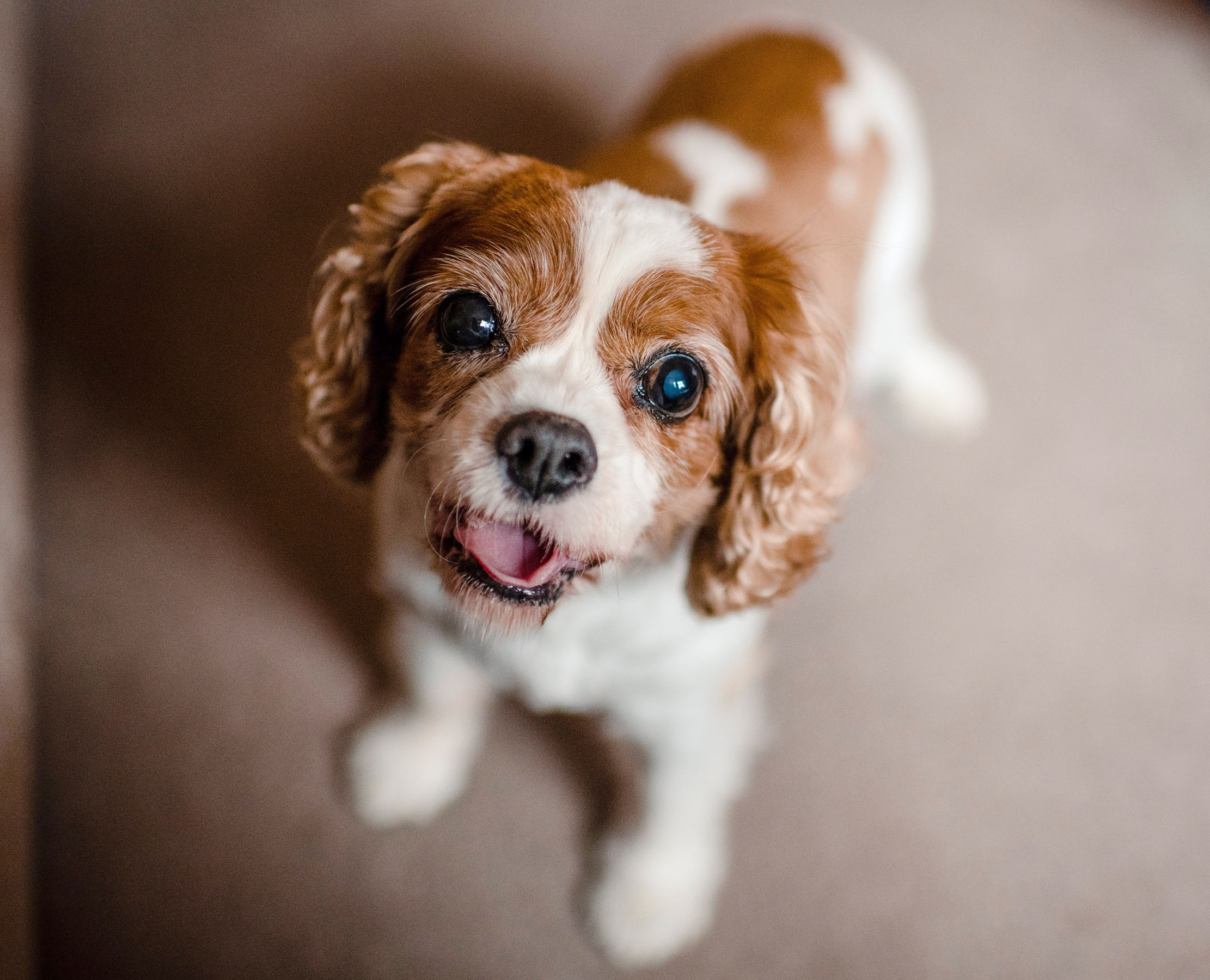

A couple of weeks ago, I took a look at the mystery of when the first dog was domesticated — and by whom. The answer is at least 14,000, and quite possibly as much as 35,000 years ago. As for who, the question is far harder to pin down — but it seems certain that dogs and humans teamed up long before we moved from hunter-gatherer to agrarian societies.
Its unique position amongst domesticated animals, a largish mammal that is principally a carnivore, suggests that its value came from its ability to assist in hunting other prey and providing protection. Over the millennia breeding, by design or chance, introduced other characteristics, morphing anatomical features, and enhancing behavioural traits which strengthened their value and the bond between dogs and humans.
One of its key attributes is its ability to interpret and follow verbal commands and gestures from their human owners, something our closest relative, the chimpanzee, or their closest living relative, the wolf, cannot do.
And it is all down to the eyes.
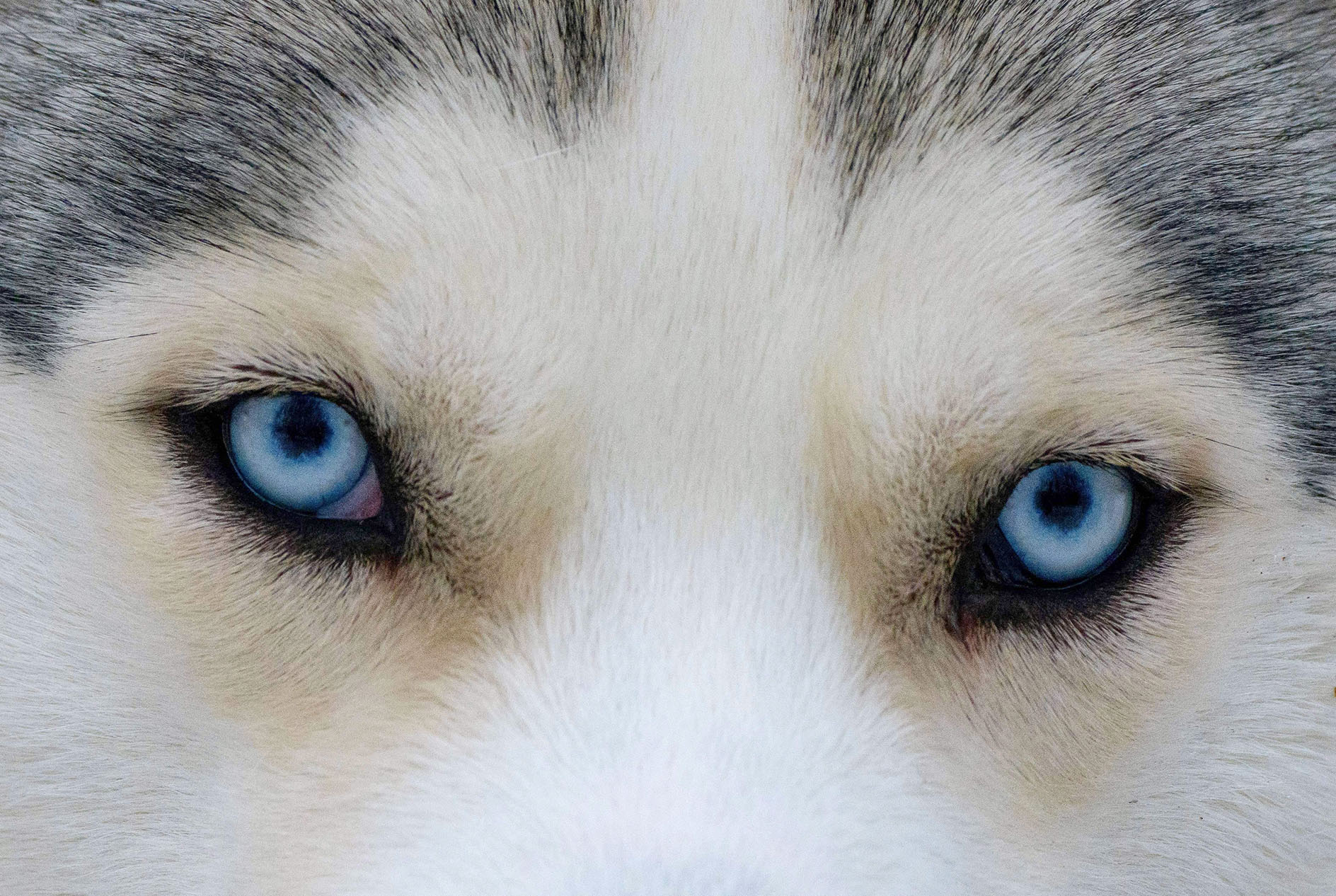
Eye contact helps a dog to know when a command is directed at them; conversely, their inability to see a human’s eyes often leads them to ignore an instruction. When unable to solve a problem on their own, they seek eye contact for help and guidance.
From an early age a puppy will seek to establish a strong bond with their owner through prolonged periods of eye contact, something many of us find so hard to resist and which makes us ready to forgive even the most egregious infractions of prescribed behaviour.
What we are experiencing during these bouts of mutual gazing is a rush of the love hormone, oxytocin, which makes us want to nurture and protect, analogous to the feelings that are induced when a parent gazes on their new-born infant. As humans took more overt control in breeding those characteristics which led to the modern domestic dog, preference was given to those that elicited in us a desire to lavish care and affection.
Exquisite houses, the beauty of Nature, and how to get the most from your life, straight to your inbox.
We also have a distinct preference for breeds that exhibit what scientists call paedomorphism, features which even in mature specimens make then look infant-like, such as large foreheads and large eyes.
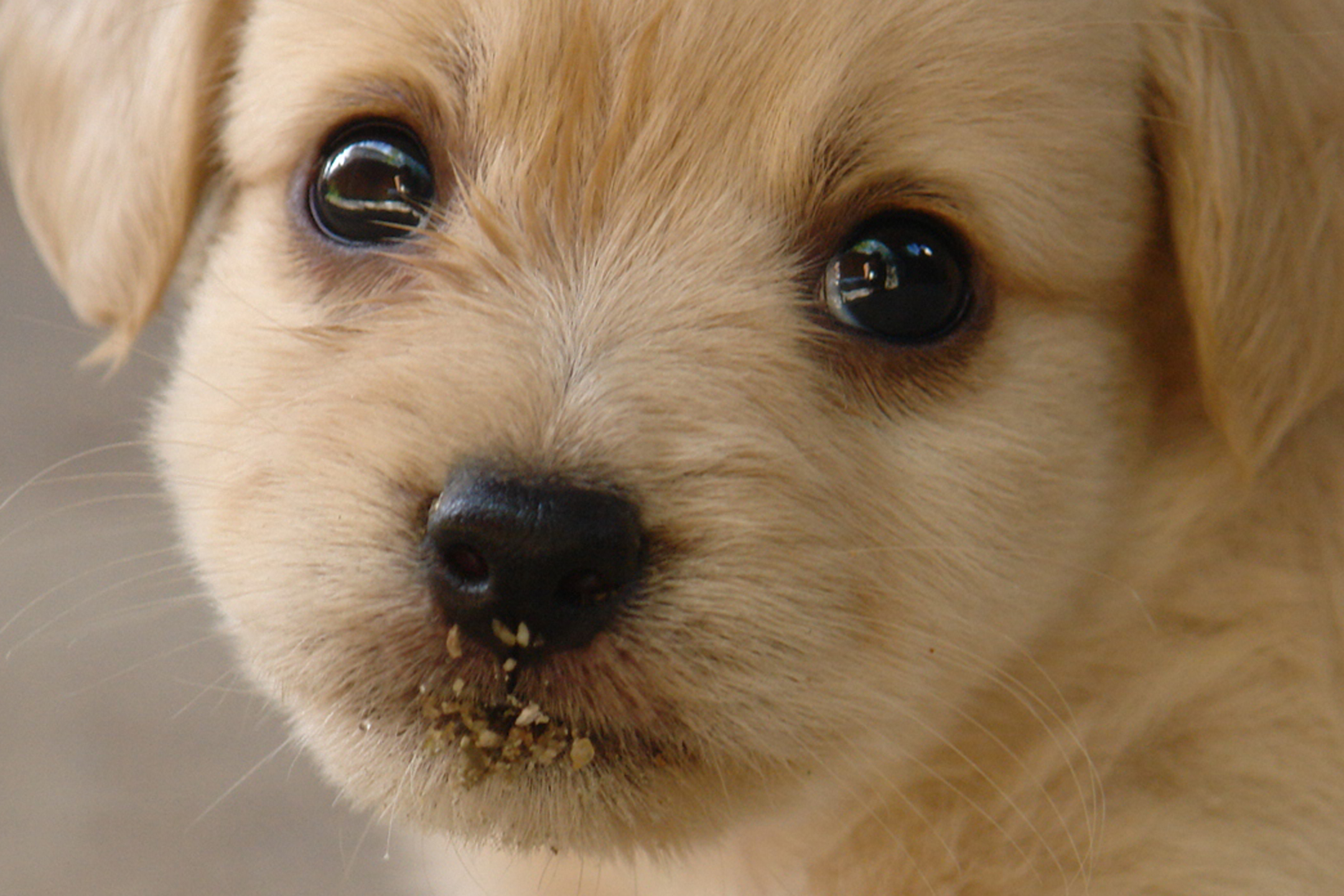
Paedomorphic facial features are further exaggerated by certain facial movements and here is where the dog has become particularly cute. They have developed a muscle which allows them to raise their inner eyebrow, known as the AU101 movement, making their eyes appear larger, more baby-like and more appealing. We become like putty in their paws when they give us this look as it resembles how we look when we are sad. Breeds that have perfected more exaggerated AU101 movements, research has shown, were more likely to be rescued from a welfare shelter than others, giving them a distinct selection advantage.
What the AU101 movement also does is expose the white parts of the sclera in dogs’ eyes. Unique amongst primates we have a visible white sclera and studies suggest that we significantly prefer animals that have a visibly white sclera to others. All this has led some scientists to conclude that, through the dog’s long relationship with humans, genetic pressure on their facial muscle structure has caused additional muscles to evolve, solely for the purpose of enhancing the bond between them and us.
Unless you have an adamantine heart, it seems you are powerless to resist the poignancy of the stare. It makes you wonder who really wears the trousers in the relationship…
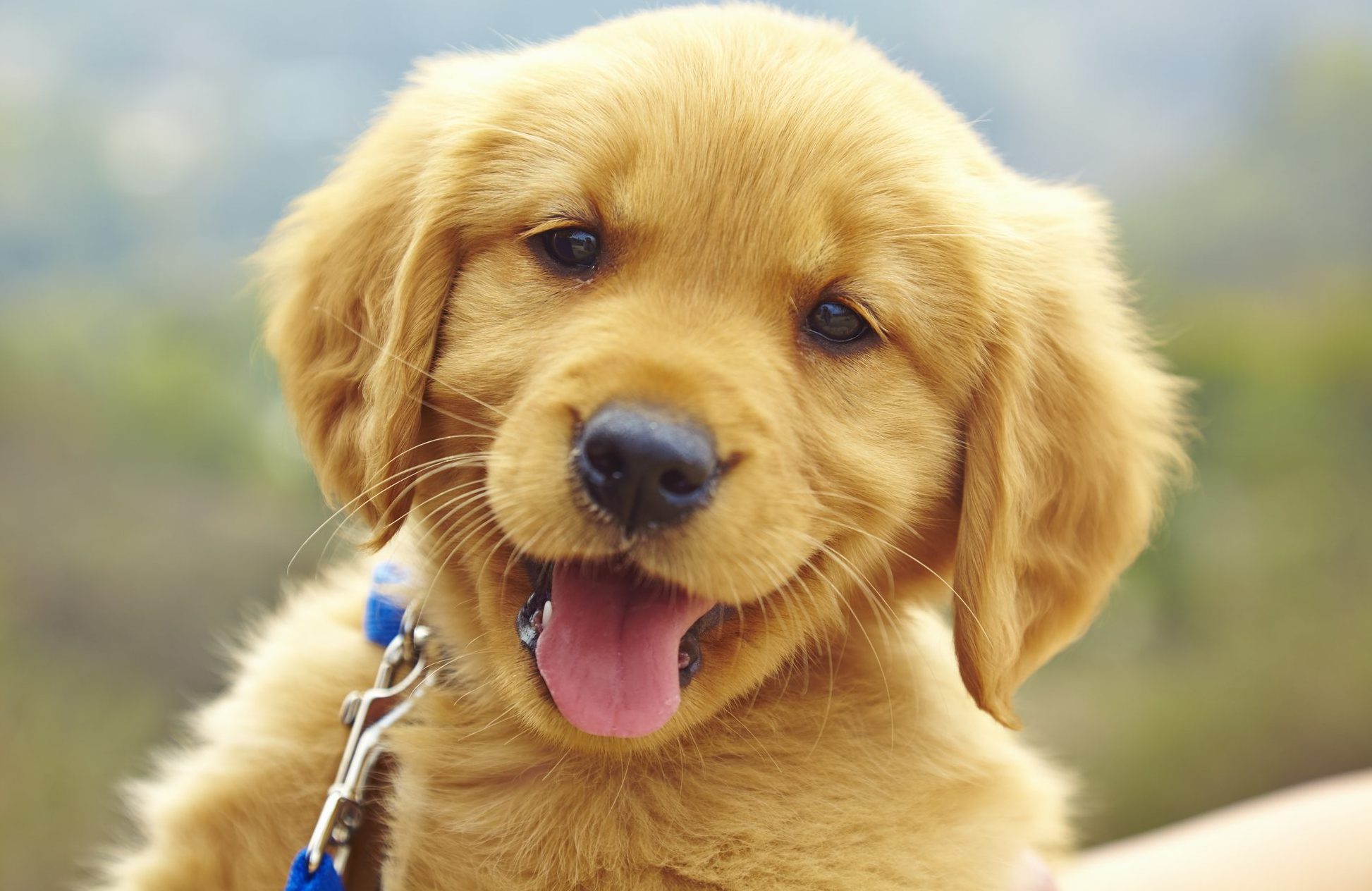
How to choose the perfect dog to fit your lifestyle, family and home
Those who grew up with dogs probably already know which breed they want to own, and have done for years.

Credit: Alamy
Expert dog training tips to help you stop canine cabin fever in lockdown, from a home-made agility course to tasty treats with a difference
Even man's sturdy best friend needs a paw to hold during the onslaught of a pandemic. Rosie Paterson talks to
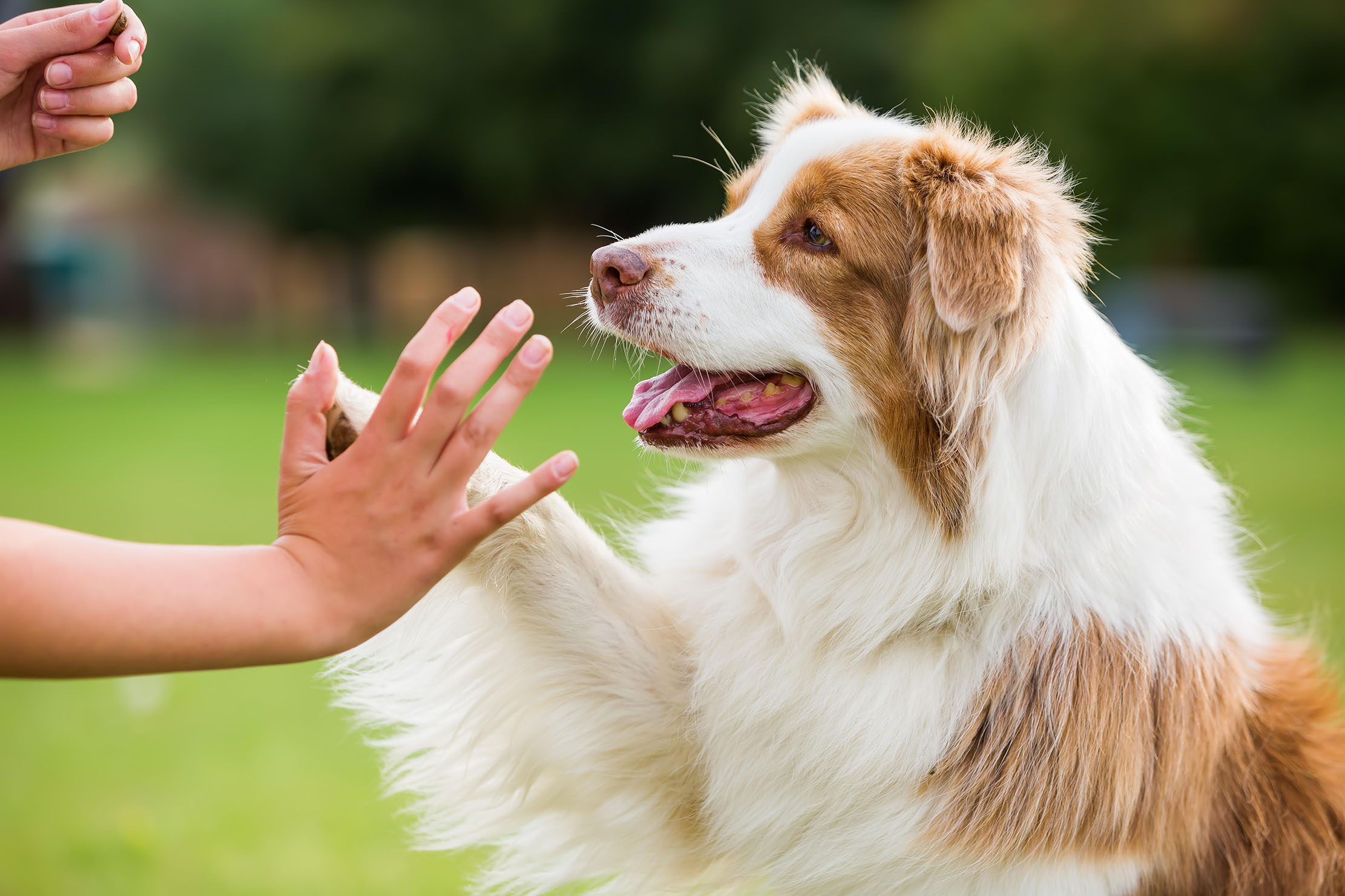
How to teach an old dog new tricks? Engage their brains as well as their bodies
Long walks might be good for tiring your dog out, but, as Katy Birchall discovers, brain games are equally as
After graduating in Classics from Trinity College Cambridge and a 38 year career in the financial services sector in the City of London, Martin Fone started blogging and writing on a freelance basis as he slipped into retirement. He has developed a fearless passion for investigating the quirks and oddities of life and discovering the answers to questions most of us never even think to ask. A voracious reader, a keen but distinctly amateur gardener, and a gin enthusiast, Martin lives with his wife in Surrey. He has written five books, the latest of which is More Curious Questions.
-
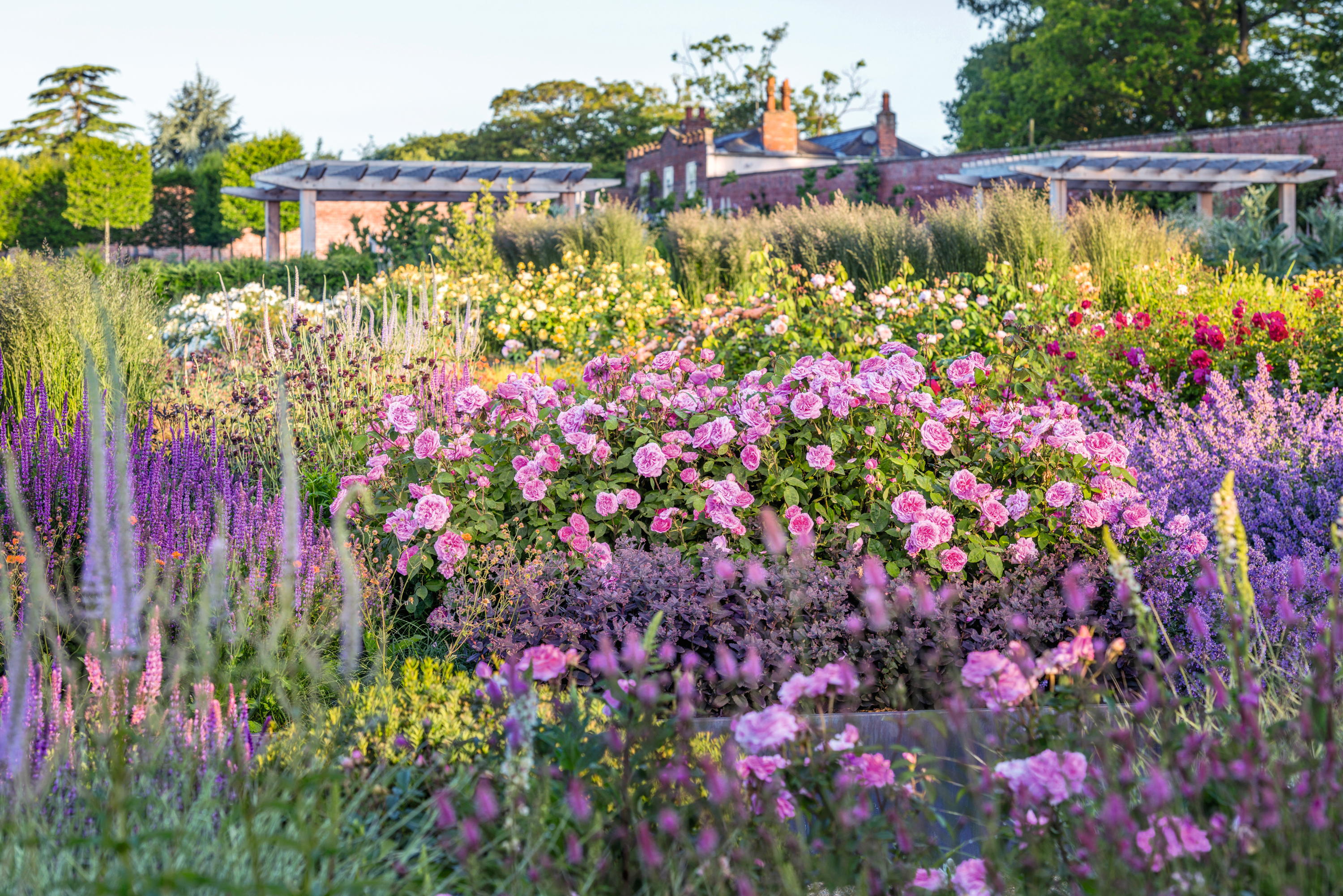 How Harper Beckham created the perfect gardener's birthday present for her father's 50th — with a little help from David Austin Roses
How Harper Beckham created the perfect gardener's birthday present for her father's 50th — with a little help from David Austin RosesWhen Harper Beckham wanted to commission a rose for her father’s birthday, there was only one man for the job, says Charles Quest-Ritson, as he takes a closer look at the science behind creating a new David Austin bloom.
-
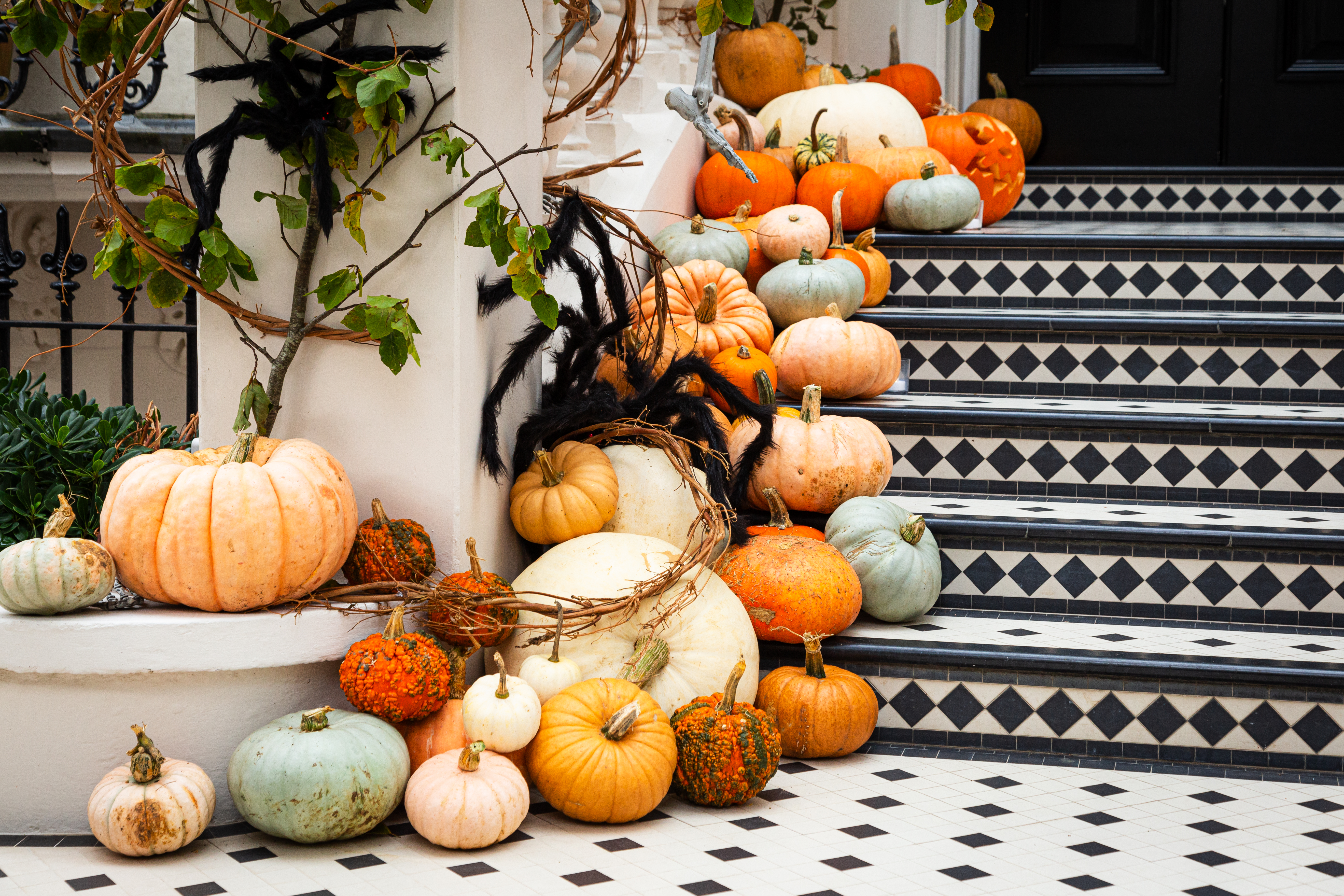 Oh, my gourd, it’s Hallowe’en: How best to decorate your home with pumpkins, squashes and more
Oh, my gourd, it’s Hallowe’en: How best to decorate your home with pumpkins, squashes and moreAs the feast of All Hallow’s Eve approaches, Debora Robertson advises how best to decorate your home with autumn's edible bounty.
-
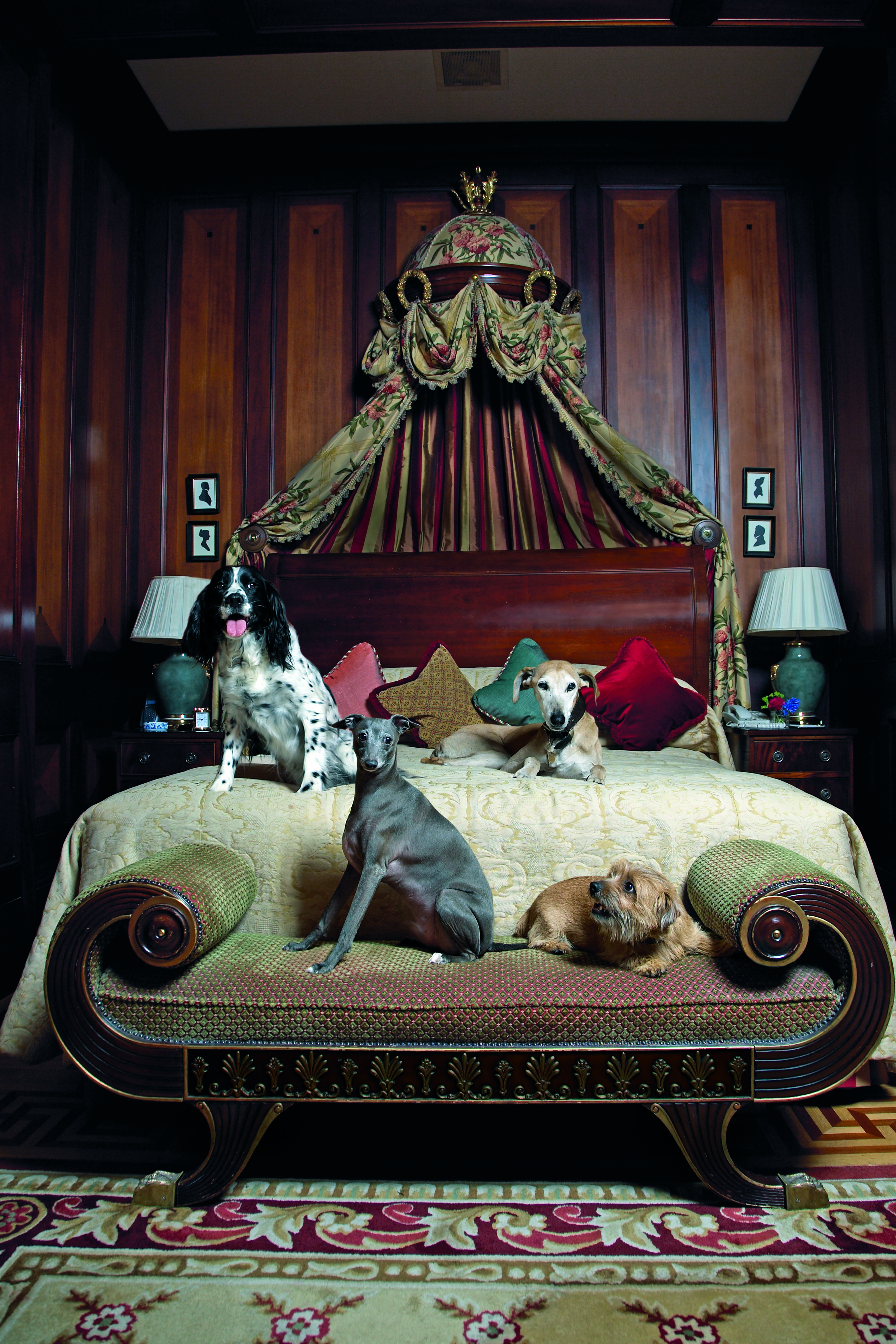 Sophia Money-Coutts: I can’t believe I’m saying this, but should dogs really be allowed in posh hotels?
Sophia Money-Coutts: I can’t believe I’m saying this, but should dogs really be allowed in posh hotels?Dog lover, Sophia Money-Coutts, debates whether our canine companions should be able to accompany us to Five Star establishments.
-
 England and the 1966 World Cup — which was stolen and later recovered by a dog called Pickles
England and the 1966 World Cup — which was stolen and later recovered by a dog called PicklesIn celebration of the footballing talents of Country Life's guest editor Sir David Beckham, we look back at the summer of 1966, when the England national team was on top of the world.
-
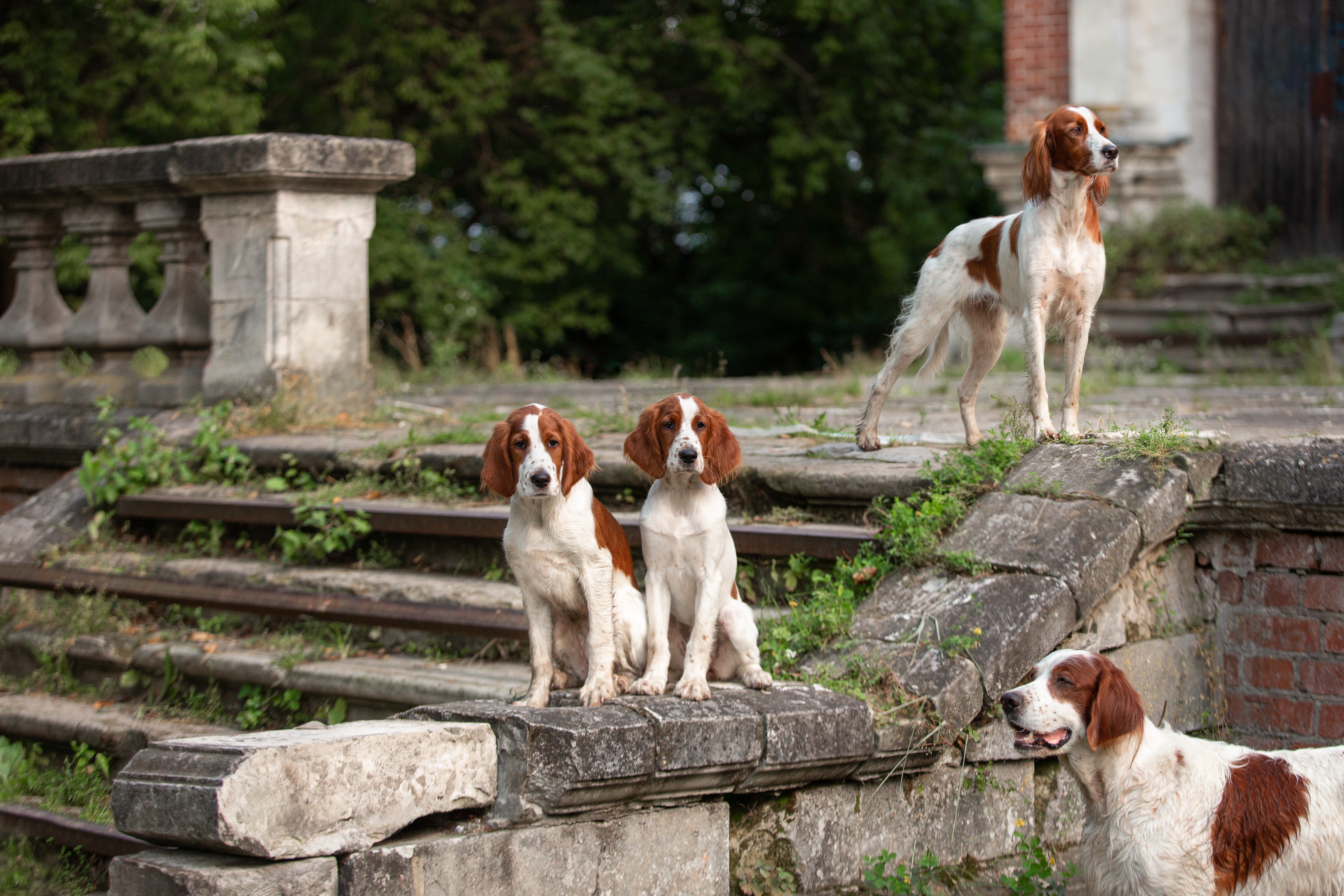 The Irish red and white setter: The rare beauty brought back from the brink
The Irish red and white setter: The rare beauty brought back from the brinkA history of Ireland’s original setter — the elegant, intelligent breed saved from extinction by devoted breeders and cherished as a symbol of the nation’s sporting heritage.
-
 A handy five minute guide to Frieze — and the things you really don’t want to miss
A handy five minute guide to Frieze — and the things you really don’t want to missThe London art fair returns this week.
-
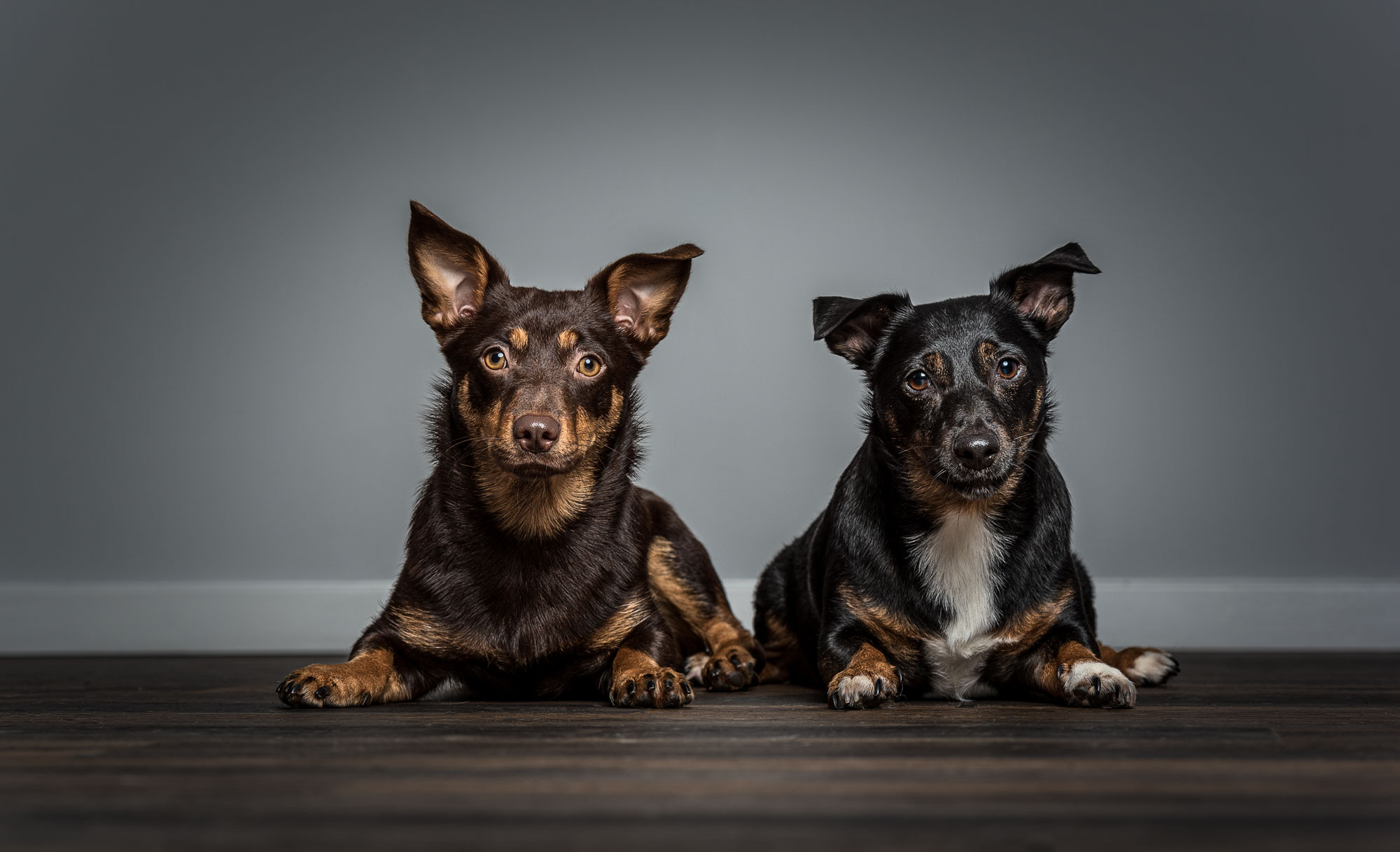 The Lancashire heeler: A clever, compact and very rare terrier that was once described as having 'the same value as an ox'
The Lancashire heeler: A clever, compact and very rare terrier that was once described as having 'the same value as an ox'From cattle drover to companion, the Lancashire heeler is as versatile as it is rare.
-
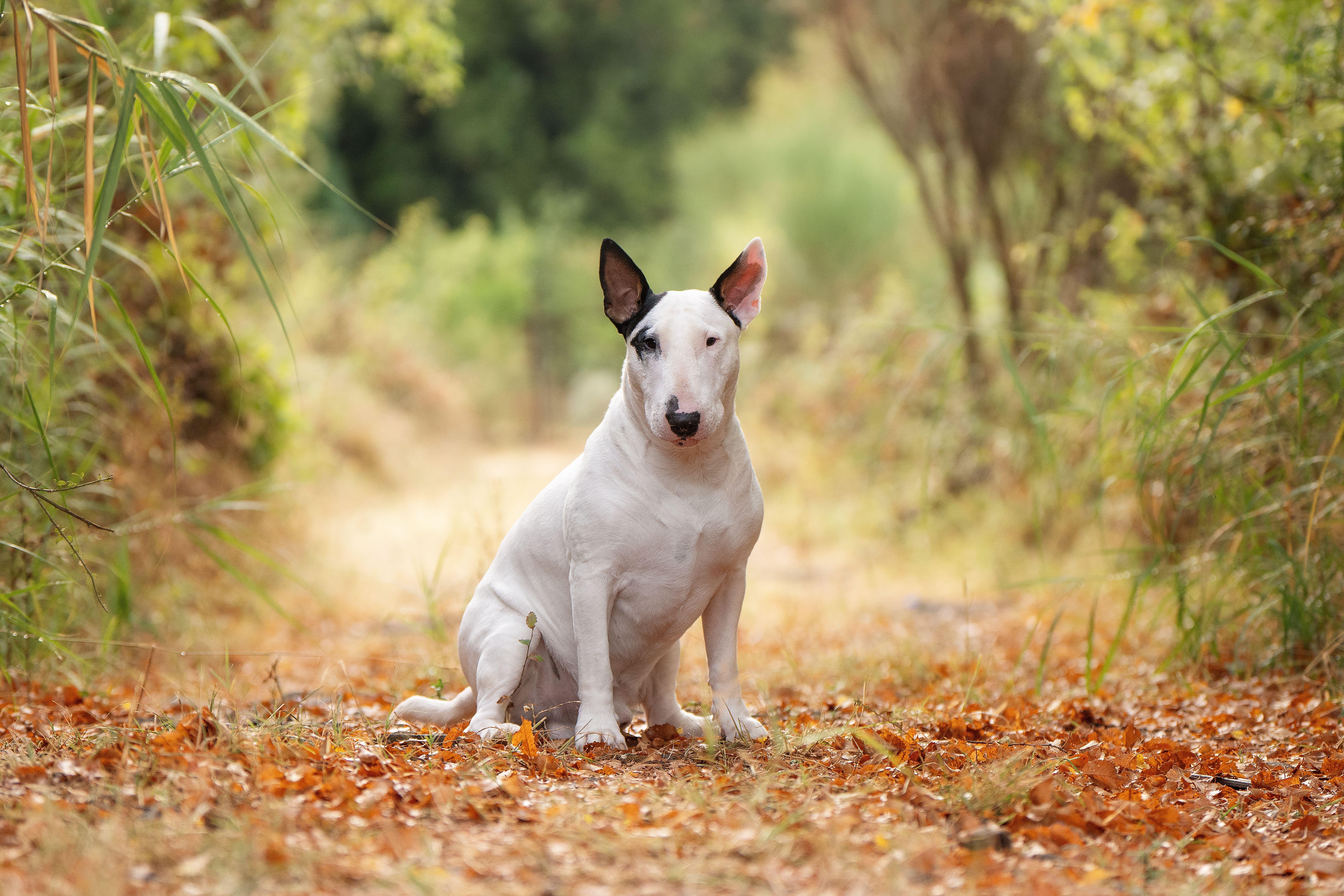 The English bull terrier is mischief meets muscle
The English bull terrier is mischief meets muscleFrom the 19th-century show rings to the homes of artists, royals and rock stars, the English bull terrier is one of our most original and loveable dogs.
-
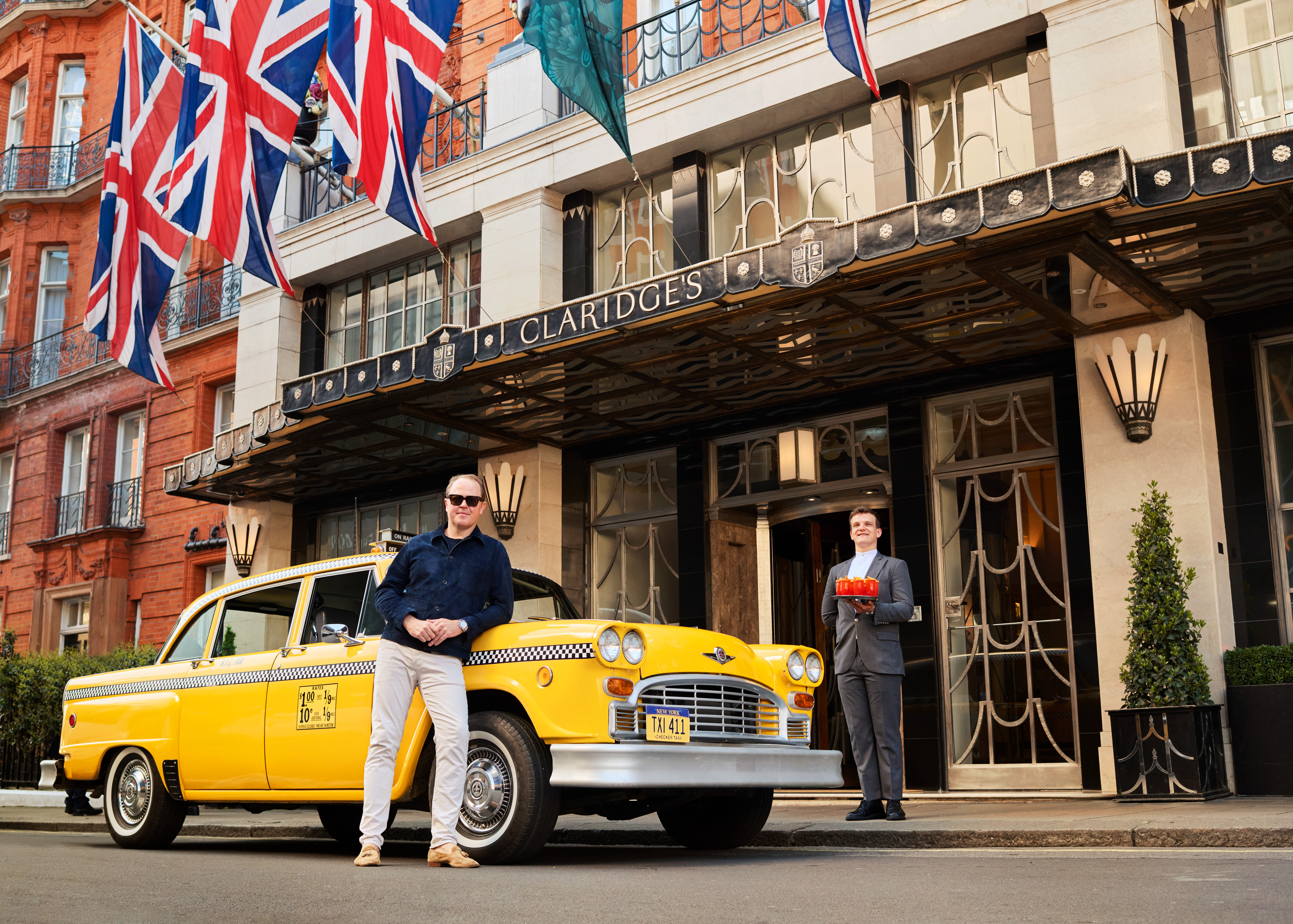 How American political refugees, economic migrants and devoted Anglophiles are transforming London
How American political refugees, economic migrants and devoted Anglophiles are transforming LondonOne luxury restaurant, apartment and tennis court at a time.
-
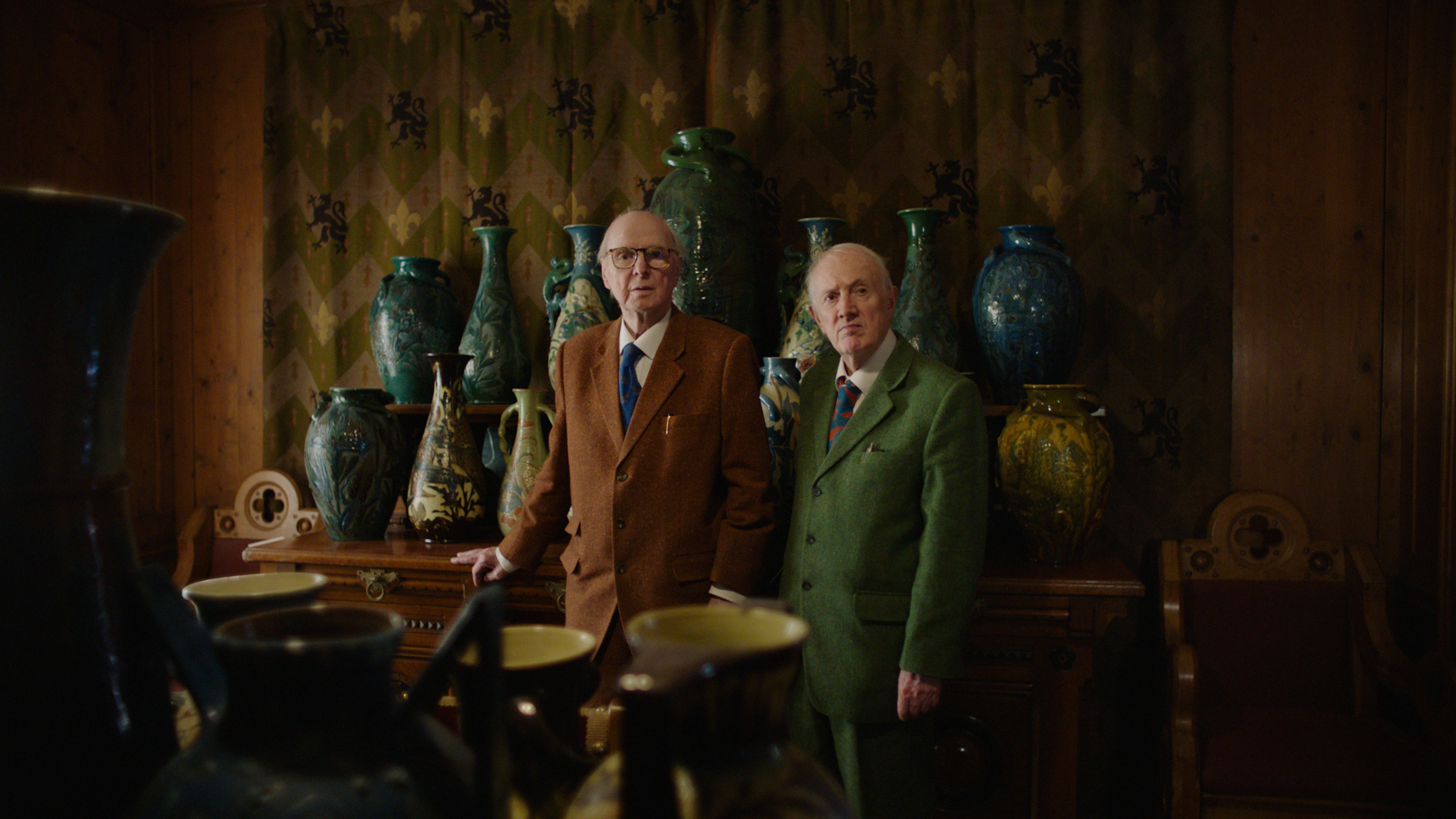 ‘Sex, Money, Race, Religion’: Unlikely pair Philharmonia Orchestra and Gilbert & George collaborate on one-off concert
‘Sex, Money, Race, Religion’: Unlikely pair Philharmonia Orchestra and Gilbert & George collaborate on one-off concertThe artist duo once declared music to be ‘the enemy’, but this hasn’t stopped them from teaming up at the Royal Festival Hall for the orchestra’s 80th anniversary.
